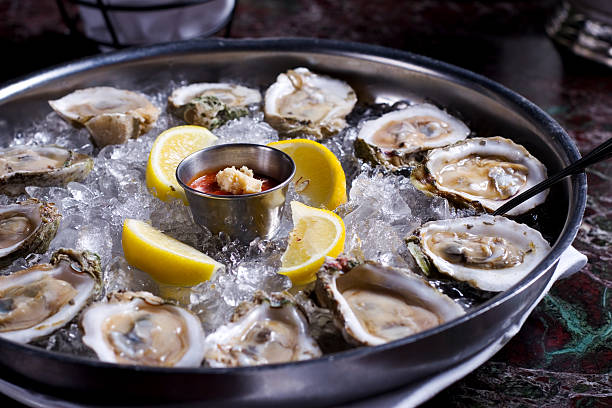Here’s a guide to help you navigate the buffet minefield, safeguarding your palate and health.
1. Bread: Avoid Filling Up on Cheap Carbs
Bread and rolls, while enticing, can be a buffet pitfall. Often placed strategically at the beginning of the buffet line, these inexpensive starches can leave you feeling prematurely full, limiting your ability to savor pricier and more delectable options. Before diving in, survey the buffet lineup to make informed choices that extend beyond the initial bread basket.
2. Pre-cut Fruit: The Deceptive Health Hazard
Pre-cut fruit may seem like a healthy choice, but it’s a double-edged sword. Exposed to air for an extended period, pre-cut fruit can fall into the “Danger Zone” where bacteria thrive. Cantaloupe, with its porous skin, is particularly susceptible to contamination. Pregnant individuals should be especially cautious, as bacterial infections can pose risks to fetuses.
3. Sprouts: A Risky Health Halo
While sprouts offer numerous health benefits, they also present a danger due to their propensity for bacterial contamination. Their growth in humid conditions makes them a breeding ground for bacteria like E. coli and salmonella. Opt for cooked vegetables over raw sprouts to minimize risk.
4. Sushi: A Buffet Gambit
All-you-can-eat sushi may seem tempting, but it poses health risks. Sushi requires stringent temperature control to deter bacteria growth, which can be difficult at buffets. Additionally, raw seafood can harbor parasites. For a safer sushi experience, opt for specialized sushi buffets with expertise in proper handling.
5. Mayonnaise-based Salads: Risky Delights
Mayonnaise-based salads can be hotbeds for contamination and foodborne illnesses if they sit out for extended periods. Creamy dressings like blue cheese, in particular, can pack extra calories and fat. Seek safer salad options like oil-based dressings, and steer clear of mayonnaise-heavy dishes.
6. Foods You Can Eat at Home: Maximize Buffet Value
Buffets offer variety, making them tempting. To make the most of your experience, indulge in dishes you rarely have at home. Explore different, unique offerings that set buffets apart and ensure you’re getting your money’s worth.
7. Salad Greens: Deceptive Dangers
Raw leafy greens seem like a healthy choice at the salad bar, but they can harbor dangerous pathogens. Leafy greens’ susceptibility to bacterial contamination combined with improper temperature control can turn your salad into a potential health hazard. Consider other, safer buffet options.
8. Salad Toppings: Hidden Perils
Some salad toppings are deceptive and potentially unhealthy. Ingredients like croutons, cheeses, bacon bits, and creamy dressings can drastically increase your sodium, sugar, and fat intake. Opt for unprocessed proteins, colorful vegetables, and limited toppings to build a healthier salad.
9. Lemons: Risky Companions
Lemon wedges are often seen as garnishes, but they can host various bacteria due to improper storage and handling. To minimize the risk of bacterial contamination, consider forgoing lemons in your drink or over seafood.
10. Squash and Potatoes: Economics and Safety
Squash and potatoes, while filling, can be dense and difficult to maintain at safe temperatures. In buffet settings, these starchy vegetables can become breeding grounds for harmful bacteria. Opt for other buffet options to minimize risks.
11. Raw Oysters: A Delicacy or Danger?
Raw oysters can carry Vibrio vulnificus bacteria, posing significant health risks. These bacteria can be life-threatening. Opt for cooked oysters to eliminate the risk associated with their raw counterparts.
